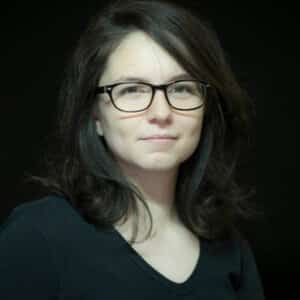“The sun will always be the one from my childhood.” The poetry of this sentence surprises to resonate all the better, summoning memories of a more or less distant epoch. When he pronounced it in 2019, Carlos Pérez Siquier (1930–2021) was an old child...



